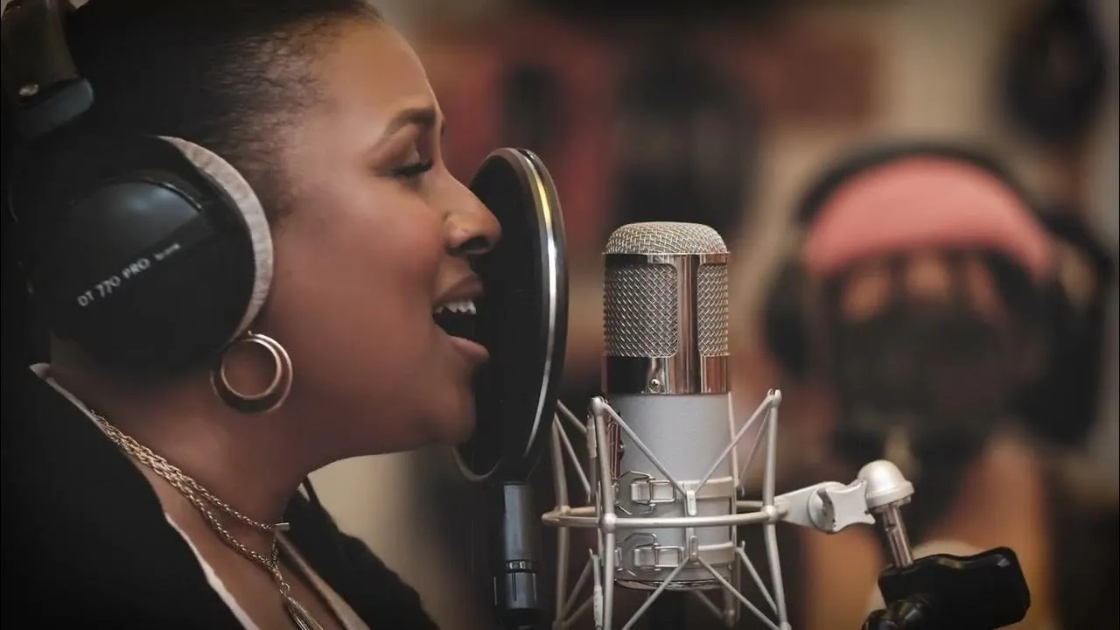Deva Mahal was born with the blues in her blood. The daughter of blues icon Taj Mahal will be performing at the JAS Cafe on March 29-30. In advance of that we explore, why is blues music called “the blues”?
The name of this great American music probably originated with the 17th-century English expression “the blue devils,” for the intense visual hallucinations that can accompany severe alcohol withdrawal. Shortened over time to “the blues,” it came to mean a state of agitation or depression. “Blue” was slang for “drunk” by the 1800s. The link between “blue” and drinking is also indicated by “blue laws” that still prohibit Sunday alcohol sales in some states.
By the turn of the century, a couple’s dance that involved slowly grinding the hips together called “the blues” or “the slow drag” was popular in Southern juke joints. A rural juke would be jammed on weekends with couples getting their drink on, doing the pre-coital shuffle to the accompaniment of a “bluesman” on guitar.
Today, musicians play “the blues” in the twelve-bar format introduced by William C. Handy in his 1912 sheet music “Memphis Blues.” Although Handy imposed a somewhat-artificial structure on blues music, the typical three-line blues verse did emerge from call-and-response songs made up by slaves in the fields. West Africans working American fields did what they would have done at home: they improvised songs to the rhythm of the task at hand. The lead singer repeated a line twice to give another singer time to improvise a response.
Plantation work songs were primarily sung a cappella, but after Emancipation traveling country-blues singers used the guitar and harmonica to earn money playing picnics and dances. Over time, the blues became music that expressed the singer’s struggles and passions, both carnal and spiritual.
The blues invigorated American popular music with African musical techniques and values — and rock and roll and jazz were born. Country blues evolved into the classic blues of the 1920s and 1930s, sung by stars like Bessie Smith in front of a big band or piano-led combo. The blues gave options to women like Smith and Memphis Minnie, who might have spent their lives scrubbing white peoples’ floors. It made legends of plantation workers like Son House and Charlie Patton.
As Africans became African Americans, they maintained their ethics and aesthetics — even as they were stripped of their languages and religions. What a great cultural achievement that they transferred these values to an alien world and created a new music that transcends racial and cultural boundaries, such that today blues artists can fly to Japan or Poland and be met by hordes of screaming fans who may not speak their language — yet feel their music.
As guitarist Robben Ford likes to say, “The blues is a big house.” Fine music continues to be birthed under its roof, supported by what is proving to be one of the strongest, most flexible, inspiring musical frameworks ever created.
*excerpts taken from “Why is the Blues Called the “Blues”? by Debra Devi, Huffington Post, Dec. 6, 2017
Do you have any other questions? Feel free to Contact Us.


